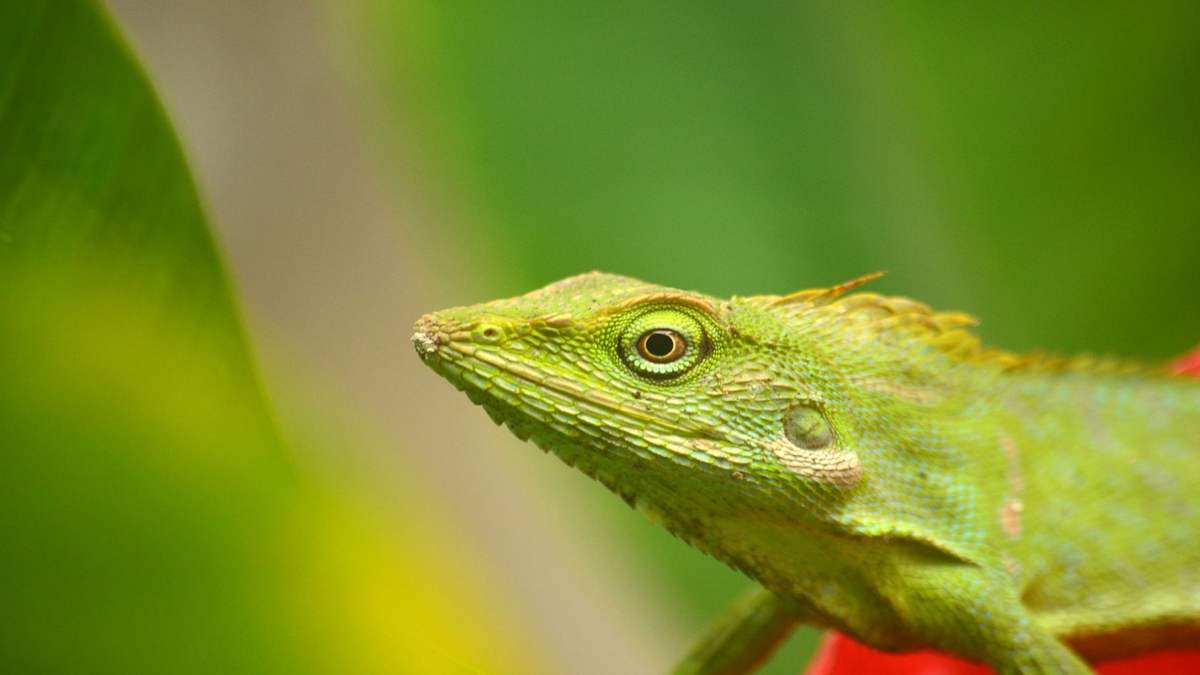The difference between mimicry and camouflage in animals lies in their understanding. Actually, both have almost the same function, namely to protect themselves from predators.
Animals live in the wild by hunting and looking for their own food. In order to survive, animals must be able to hide from predators.
That is why, each animal has a different ability to protect itself from predators, such as camouflage. In addition to camouflage, there are some animals that also perform mimicry.
So, what exactly is the difference between the two things in animals?
Also Read: The Blackest Fish in the Sea with a Scary Face and as Camouflage
Difference Between Mimicry and Camouflage in Animals
Animals have the ability to adapt behavior in their environment. Adaptations that animals do is to maintain their survival.
Each animal also has its own predator which is very dangerous. Therefore animals are equipped with adaptability, such as mimicry camouflage, hibernation and others.
The two are certainly different, although the goal is the same. The difference is in the meaning.
Have you ever seen animals that can blend into their surroundings so they can’t be seen? like a rattlesnake whose color blends with the soil of its origin or a green grasshopper that blends with the leaves.
This disguise process is called camouflage. Camouflaged animals will disguise themselves by blending in with their surroundings. When an animal performs camouflage, the predator will not recognize it.
Unlike mimicry. Mimicry is an adaptation that animals do by changing the color of their skin like the color of the environment.
The difference between mimicry and camouflage is evident from the way animals blend into their environment. Animals that do camouflage do not have the ability to change skin color, while mimicry can.
Actually, mimicry is a form of camouflage. Not many animals have the ability to mimicry.
One example is the chameleon. They can change the color of their skin according to their environment.
Also Read: Real dinosaur skin as thick as steel found, belonging to a species that is clever in camouflage?
The Process of Mimicry
Mimicry is one type of camouflage that animals can do in various places, while camouflage itself can only be done if the animal is in its habitat.
How can animals change the color of their skin?
Color change in animals with mimicry abilities is neither magic nor magic. Animals such as chameleons are capable of mimicry because they have two thick layers of iridophore cells.
Iridophore itself is a colorful cell that has pigment and can reflect light. There are nanocrystals in these cells with different sizes and shapes.
This crystal is the key to color changes in mimicry animals.
The ability to change color is also usually used by adult males to attract females for the mating process. Males will show each other their color until the female is fascinated.
It can be concluded that there is a difference between mimicry and camouflage. Camouflage is a disguise, while mimicry is an imitation and is still a type of camouflage. (R10/HR-Online)
–


